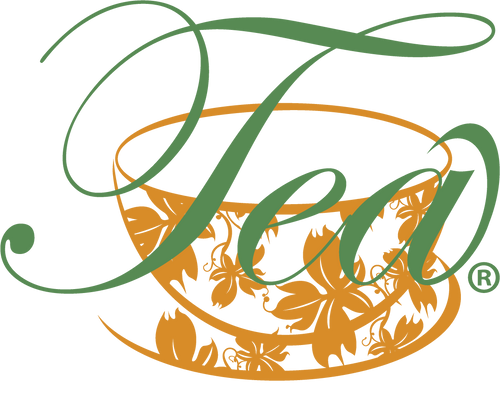Sharpen up your tea terminology with our guide!
Although there are many international languages – love, music, food – there is one beverage that makes the ranks as truly international, and that is tea. From the Far East to North America, from Copenhagen to Cape Town, tea is enjoyed and appreciated in people's daily lives. But what goes into making a cup of tea? What is the verbiage that comes with a hot or cold brew?
From the farmers who pick the tea plant to the final steps of brewing at home, there is a whole host of terminology that goes along with each stage in the life of tea. Whether you are buying pre-packaged iced tea from the supermarket, making a pot of loose leaf hot tea from scratch, or doing some research on the internet, you have likely come across some head-scratching vocabulary. Ever wonder what camellia sinensis is? What about a tea grade, a tisane, or a bloom? As responsible tea purveyors, we at Heavenly Tea Leaves are here to provide you with Tea Terminology 101: a lesson in the most important tea terms to know, no matter where you're enjoying your cup. Thanks to our expert team and some of our friends across the land of tea, we present our mini-glossary of tea terms without further ado:
Aroma: The overall scent (or "nose") and character of the tea.
Astringent: The bitter, harsh, and pungent taste and texture that remains on the tongue after sipping tea containing high tannin levels.
Body/Mouthfeel: Quite literally, the way the liquid feels in your mouth. Relating to texture, weight, and viscosity of the tea. It can be wispy, light, medium, or full-bodied.
Camellia sinensis: The most common species of tea plant used to produce black tea, as well as many green, white, oolong, and pu-erh varieties. There are two varietals of this plant: camellia sinensis sinensis and camellia sinensis assamica.
Character: The general, inherent traits of a certain tea type based on estate or region where it is produced.
Fairtrade: Tea that is purchased from tea producers at fair market value and traded without coercion or exploitation.
Finish: The flavors and feels that linger in the mouth after you take a sip.
Flat/Dull/Off: A stale taste; the opposite of rich or brisk.
Flush: A complete group of fully harvested tea leaves that is ready to be picked.
Grade: The category given to black teas from the Indian subcontinent, Indonesia, and Africa, based on the size of the leaf and the presence of tips. Tippy, golden, flowery, broken, orange, and pekoe are some of the grading terms used. These are usually abbreviated (e.g. OP, BOP, FOP, GFOP, TGFOP, etc.).
Liquor: The brewed liquid remaining after the actual tea is removed from the pot. This is the part we actually consume.
Malty: A flavor or finish reminiscent of wheat or barley, often with a velvety-smooth texture. Similar to "biscuit" or fresh-baked bread flavors; the term is often used to characterize black Assam teas.
Mature: Tea that tastes ripe and full-bodied, lacking flatness or bitterness that comes with a leaf picked too early in the season.
Organic: Teas grown according to USDA guidelines or those of other national certifying organizations for organic farming. These often lack synthetic pesticides and other potential toxins.
Origin: Very simply, where the tea has been grown. You will usually come across tea origins like India, Ceylon, China, or Japan. More recently, teas and tisanes have been labeled with origins like Bangladesh, Vietnam, and parts of Africa.
Orthodox: Whole-leaf tea that has not been excessively processed, keeping to the original integrity and flavor of the leaf.
Pluck: The word for picking or harvesting tea.
Single-estate/single-garden: While most commercially available teas are a blend grown in multiple gardens, single-estate teas are all grown on the same tea farm.
Tannin: Also used as a measure in wine tasting, this is the chemical component in tea that determines its astringency and palate-cleansing abilities. Too-high or too-low tannin levels throw the balance of your brew off.
Tarry: As in tar-like – having a smoky aroma.
Tisane: Also known as herbal tea, tisanes are natural plant infusions that do not come from the camellia sinensis plant and therefore also do not usually contain caffeine. Examples include chamomile, peppermint, and rooibos.
We hope you enjoyed our mini tea glossary! What is more important than knowing these names, though, is knowing the concepts behind them and how they affect your brew. The next time you are tasting a new tea, remember, knowledge is power!

